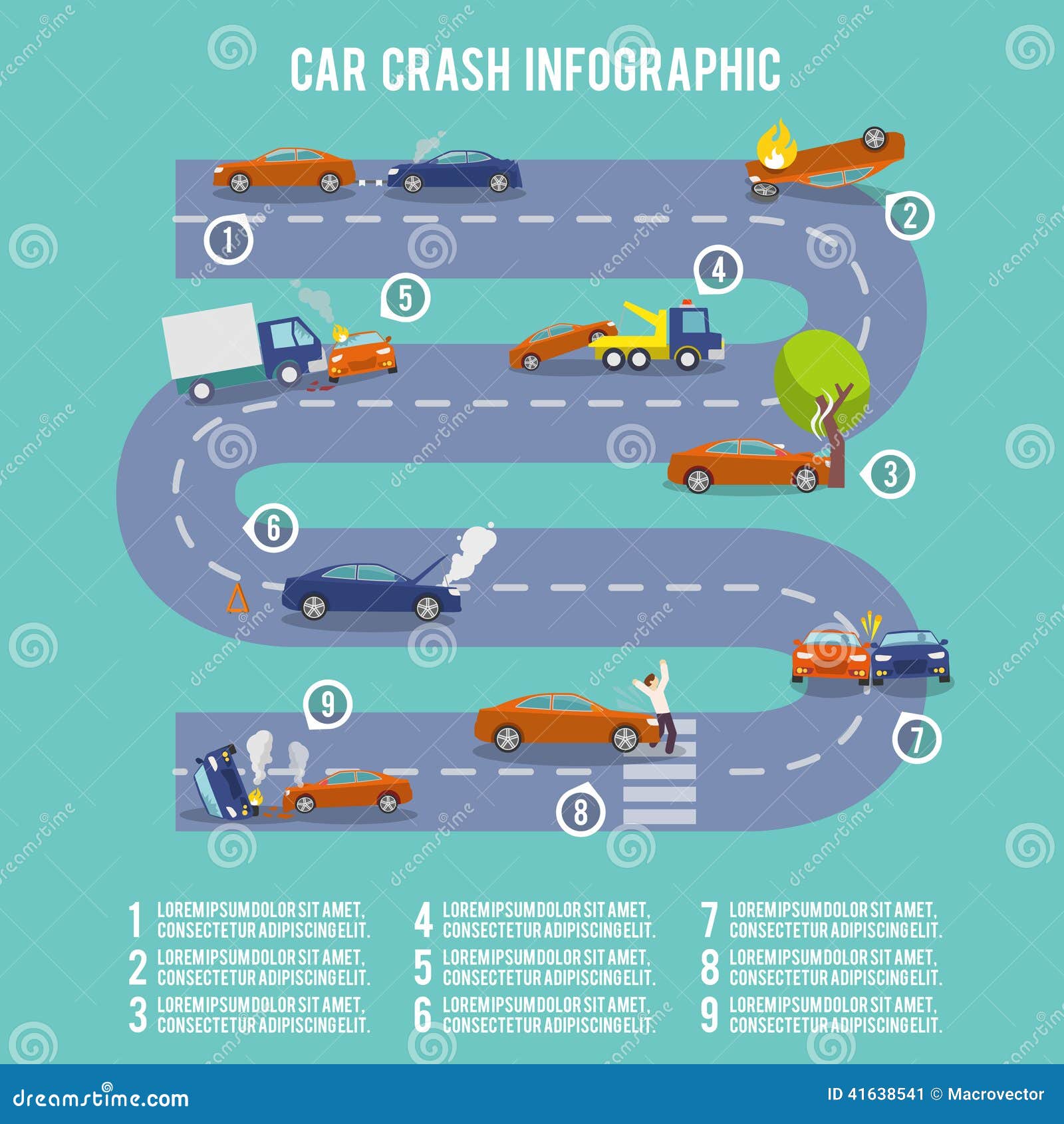Comprehending The Meaning Behind Your Car'S Warning Lighting: A Thorough Appearance
Comprehending The Meaning Behind Your Car'S Warning Lighting: A Thorough Appearance
Blog Article
Content By-Sykes Alvarado
When you're behind the wheel, those glowing caution lights on your dashboard can be a bit difficult. Do you understand what they're trying to tell you concerning your vehicle's health and wellness? Recognizing the significance of these lights is essential for your safety and security and the durability of your vehicle. So, the next time one of those lights pops up, wouldn't you wish to analyze its message properly and take the essential actions to address it?
Common Warning Lights and Interpretations
Identify common caution lights in your automobile and understand their meanings to make sure secure driving.
The most typical warning lights include the check engine light, which indicates issues with the engine or emissions system. If this light begins, it's crucial to have your car examined quickly.
The oil stress alerting light indicates reduced oil stress, requiring instant focus to avoid engine damage.
A flashing battery light may recommend a malfunctioning charging system, possibly leaving you stranded if not resolved.
The tire pressure tracking system (TPMS) light alerts you to low tire pressure, impacting car security and fuel performance. Ignoring this could lead to dangerous driving problems.
The abdominal muscle light indicates a problem with the anti-lock braking system, compromising your capability to stop promptly in emergencies.
Lastly, the coolant temperature level cautioning light warns of engine overheating, which can cause extreme damages if not resolved quickly.
Recognizing these typical caution lights will certainly assist you resolve issues promptly and maintain risk-free driving conditions.
Significance of Prompt Focus
Recognizing the common warning lights in your car is only the very first step; the value of quickly dealing with these warnings can not be highlighted sufficient to ensure your security on the road.
When a warning light brightens on your dashboard, it's your car's way of communicating a possible problem that needs focus. Disregarding https://www.consumerreports.org/car-safety/clearing-confusion-about-advanced-car-safety-feature-names-a1035752654/ can bring about much more extreme problems down the road, compromising your security and potentially costing you much more in repairs.
Prompt interest to advising lights can prevent break downs and accidents. As auto clean detailing , a flashing check engine light can indicate a misfire that, if left neglected, can cause damages to the catalytic converter. Resolving this immediately can save you from a costly repair work.
Likewise, a brake system advising light might signify low brake liquid or used brake pads, essential elements for your security when driving.
DIY Troubleshooting Tips
If you discover a warning light on your dashboard, there are a few do it yourself fixing ideas you can attempt prior to looking for expert aid.
The first step is to consult your cars and truck's manual to comprehend what the certain caution light indicates. Often the issue can be as easy as a loose gas cap setting off the check engine light. Tightening up the gas cap might solve the problem.
One more usual problem is a reduced battery, which can set off numerous cautioning lights. Examining the battery connections for corrosion and ensuring they're safe may repair the trouble.
If a caution light lingers, you can try resetting it by separating the cars and truck's battery for a couple of minutes and afterwards reconnecting it. Additionally, examining your automobile's fluid degrees, such as oil, coolant, and brake liquid, can help fix cautioning lights related to these systems.
Final thought
To conclude, comprehending your vehicle's warning lights is vital for maintaining your automobile running efficiently and securely. By without delay attending to these alerts and knowing what they imply, you can prevent costly repairs and potential failures.
Bear in mind to consult your automobile's guidebook for specific information on each alerting light and do something about it accordingly to ensure a trouble-free driving experience.
Remain informed, remain secure when traveling!
